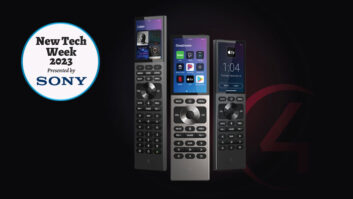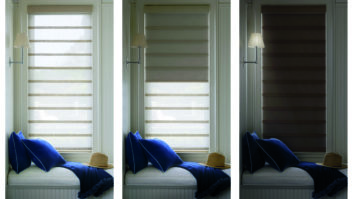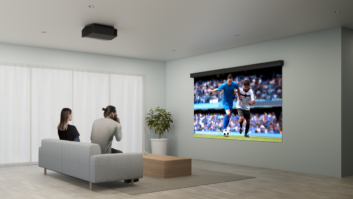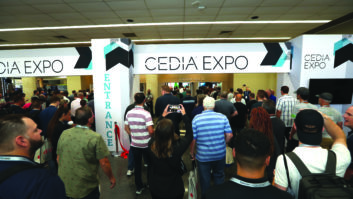News Out of Cupertino That is More Important to the CI Channel

There has been a lot written about the Apple Watch, but not as much on other announcements made last month by Apple. For the custom installation channel, I paid particular attention to the news that might seem inessential to some people, but is actually significant to what we do.
While there was no new AppleTV device introduced, this month you will be able to subscribe to HBO NOW for a $14.99 monthly charge and watch any and all HBO programming via your AppleTV. Not to be confused with HBO-GO, which is a TV-everywhere-style service requiring a cable or satellite subscription, HBO NOW is service-provider independent and requires only a broadband connection. It’s also worth noting that the price of the AppleTV device is now reduced to $69. Referring to the HBO deal, Apple CEO Tim Cook said that, “this is only the beginning.” We don’t doubt that, but it appears that we may have to wait a bit to see what comes next.
Another item of interest to our market was the mention that, “every major car brand is supporting CarPlay.” While few of us dabble in the world of 12-volt installation, this does signal that the connected car is here to stay. To support upgrades and to allow for easier configuration, do you make certain that a home network’s WiFi reaches to the garage or car port? That’s something that should now be a mainstay of your pre-bid questionnaires.

This month, AppleTV owners will be able to subscribe to HBO NOW for a $14.99 monthly charge and watch any and all HBO programming. Existing DisplayPort connects can be made with adapters to USB-C, as shown here in a CES demo. On the HomeKit front, there was a similar comment, though to my mind it was a bit squishier. “HomeKit will change the way we control devices,” Cook said, but other than a promise of “more devices this year,” little was stated about what they will be, who will offer them, or how they will integrate in the greater world of home automation. For now, that leaves the work up to the CI designer, with perhaps the warning that we should watch carefully as to where Apple (and its competitors) take things in the months ahead. That “Home Hub” may yet appear, and if it does, we’ll have to deal with it.
The new MacBook is lighter and thinner, though less powerful than a MacBook Air. The new models feature 12-inch Retina displays with a choice of two processor/drive capacity configurations and three colors. Clearly an object of desire for some, it may bring business opportunities and configuration problems to others. What they do not include, however, are any current-generation connections (DisplayPort, Thunderbolt, USB, HDMI, MagSafe charging port, etc.) with the sole exception of an analog/digital audio output. Replacing them is a single USB-C connector that, with the appropriate cables or dongles, is used to connect to displays, hard-wired networks, or to myriad USB-connected portable drives, backups, thumb drives, and everything else. Oh, and while the battery life is greatly extended, if you use the USB-C for connection to anything other than the power brick, you’ll want to make certain there is a pass-through to connect to AC power.
There’s nothing wrong with that, but take a step back and consider what it means for one of these as you or a client might use it. Where security or other concerns dictate a hard-wired (rather than wireless) connection you’ll need to replace something. Same for copying files to a USB stick to blow new software into client devices or systems. Is a display in the mix to stream content from the new MacBook? Either a provision for wireless connectivity, or yet another dongle and power pass-through, will be required. New, thin, and light is great, but be certain you know how a seemingly simple change of connector types can foul up existing systems and place different requirements on new ones.
—Michael Heiss







